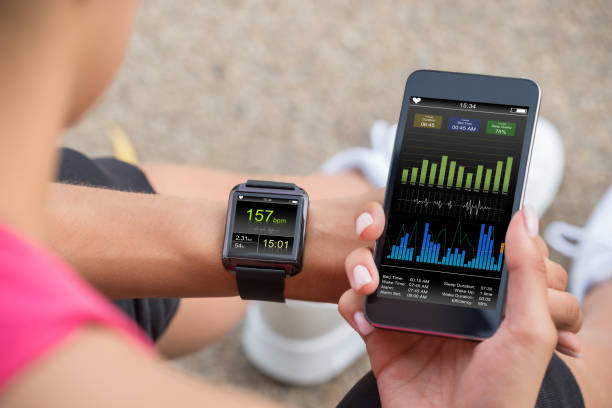Using Digital Tools to Track Preventive Metrics
Digital tools can make preventive health tracking more practical by collecting routine metrics tied to wellbeing and long-term prevention. From apps and wearables to telemedicine and at-home diagnostics, these tools help people monitor nutrition, movement, sleep, hydration, and mental practices like mindfulness. This article explains how to use available technologies to support a balanced lifestyle and strengthen immunity and resilience through steady data-driven habits.

Wellbeing and prevention
Digital tracking tools focus on wellbeing by turning everyday behaviors into measurable data that supports prevention. Simple self-reports and automated logs can show trends in mood, energy, and stress, helping identify patterns before minor issues become chronic. Integrating these measures with lifestyle information—work, social routines, and sleep—helps create a fuller picture of resilience and wellness. Used thoughtfully, such tracking informs conversations with clinicians and supports gradual behavior change without making definitive medical claims.
Nutrition tracking
Apps and smart scales provide structured ways to monitor nutrition, portion sizes, and intake patterns. Logging meals, tracking macronutrient balance, and pairing food entries with symptoms or energy levels can reveal how diet affects immunity and daytime functioning. Many tools allow photo-based logging or barcode scanning to simplify entries; others integrate with coaching or nutritionist services for personalized feedback. Tracking nutrition is most useful when combined with other metrics like sleep, movement, and hydration to understand overall lifestyle impacts.
Fitness and movement
Wearables and smartphone sensors measure steps, active minutes, heart rate, and exercise variety to quantify movement. Regular monitoring helps maintain consistent fitness habits, supports prevention of sedentary-related conditions, and informs safe increases in activity. Data can highlight recovery needs, show trends in cardiovascular effort, and encourage small daily goals. When used together with nutrition and sleep data, movement metrics create a clearer view of how exercise supports immunity and long-term wellbeing.
Mindfulness and resilience
Digital tools for mindfulness include guided-meditation apps, stress-tracking platforms, and journaling features that log mood and coping strategies. Regular practice can be tracked through streaks, session duration, and self-rated stress scores, offering objective signals of mental resilience building over time. Combining these entries with sleep and movement data helps users and clinicians see how mental practices affect physical metrics. Mindfulness tracking is a preventive approach to reducing chronic stress, which can influence immunity and overall lifestyle balance.
Sleep and immunity
Sleep tracking tools estimate duration, sleep stages, and sleep consistency using wearables, bedside devices, or phone-based sensing. Reliable sleep patterns are a cornerstone of immune function and cognitive resilience; tracking helps identify disruptions from environment, shift work, or lifestyle habits. When paired with nutrition, hydration, and movement data, sleep metrics contribute to a holistic assessment for prevention. Use these insights to adjust routines—light exposure, winding-down habits, and timing of meals—rather than to self-diagnose sleep disorders.
Screening, diagnostics, and telemedicine
Remote screening tools and at-home diagnostics expand preventive monitoring by offering test results, symptom checklists, and telemedicine consultations. Many platforms provide basic screening questionnaires and can transmit data from devices for clinician review. Telemedicine connects patients and clinicians for triage, follow-up, and lifestyle counseling without in-person visits. Diagnostics data can complement continous tracking, but interpretation and treatment decisions should remain with qualified healthcare professionals to ensure accuracy and appropriate care.
Conclusion
Digital tracking tools are most effective when they supplement, not replace, professional guidance and when they emphasize prevention through consistent lifestyle practices: balanced nutrition, regular movement, adequate hydration, restorative sleep, and stress management. Interpreting trends over time helps build resilience and supports informed discussions with clinicians about screening or diagnostics. This article is for informational purposes only and should not be considered medical advice. Please consult a qualified healthcare professional for personalized guidance and treatment.





